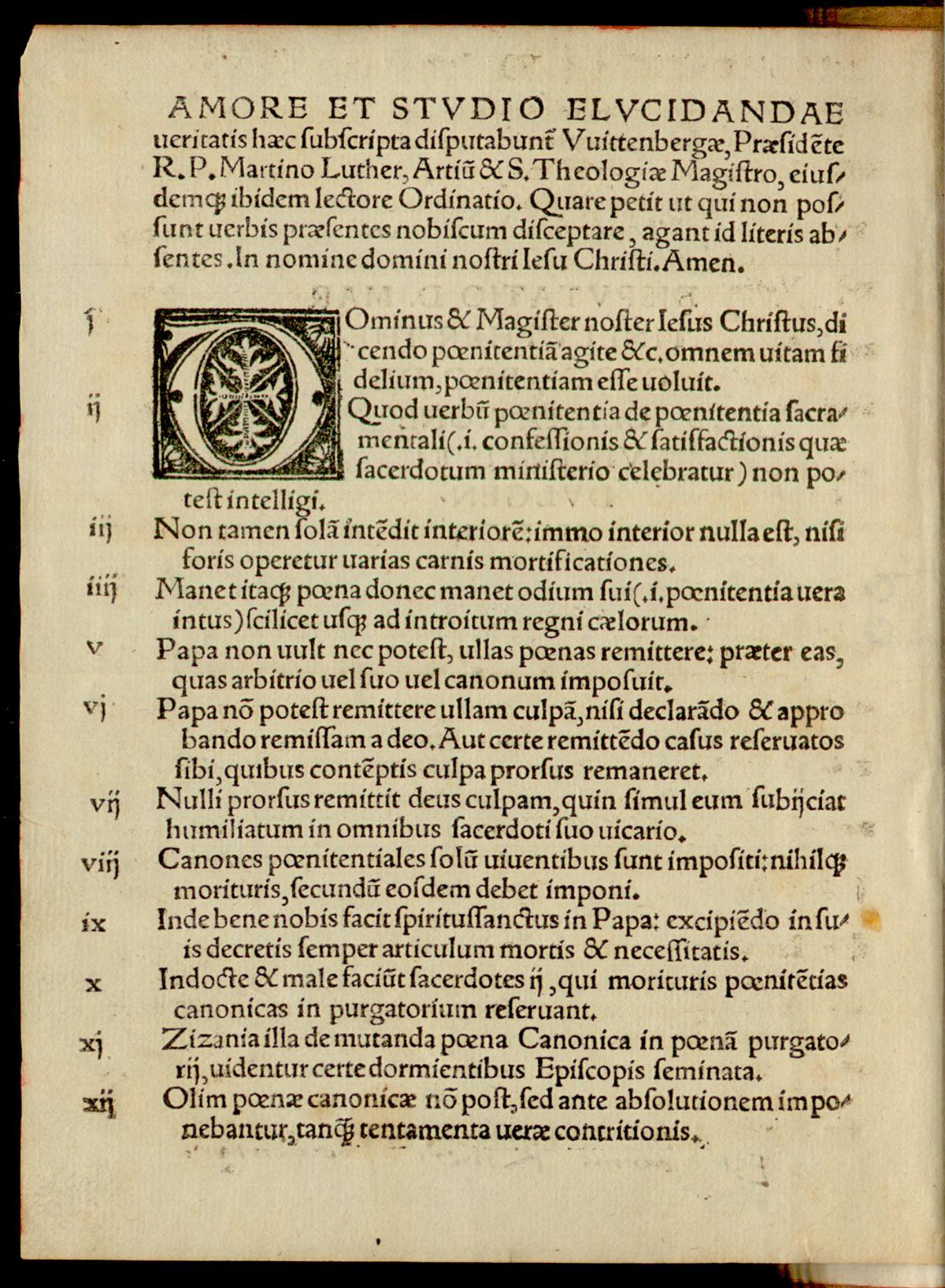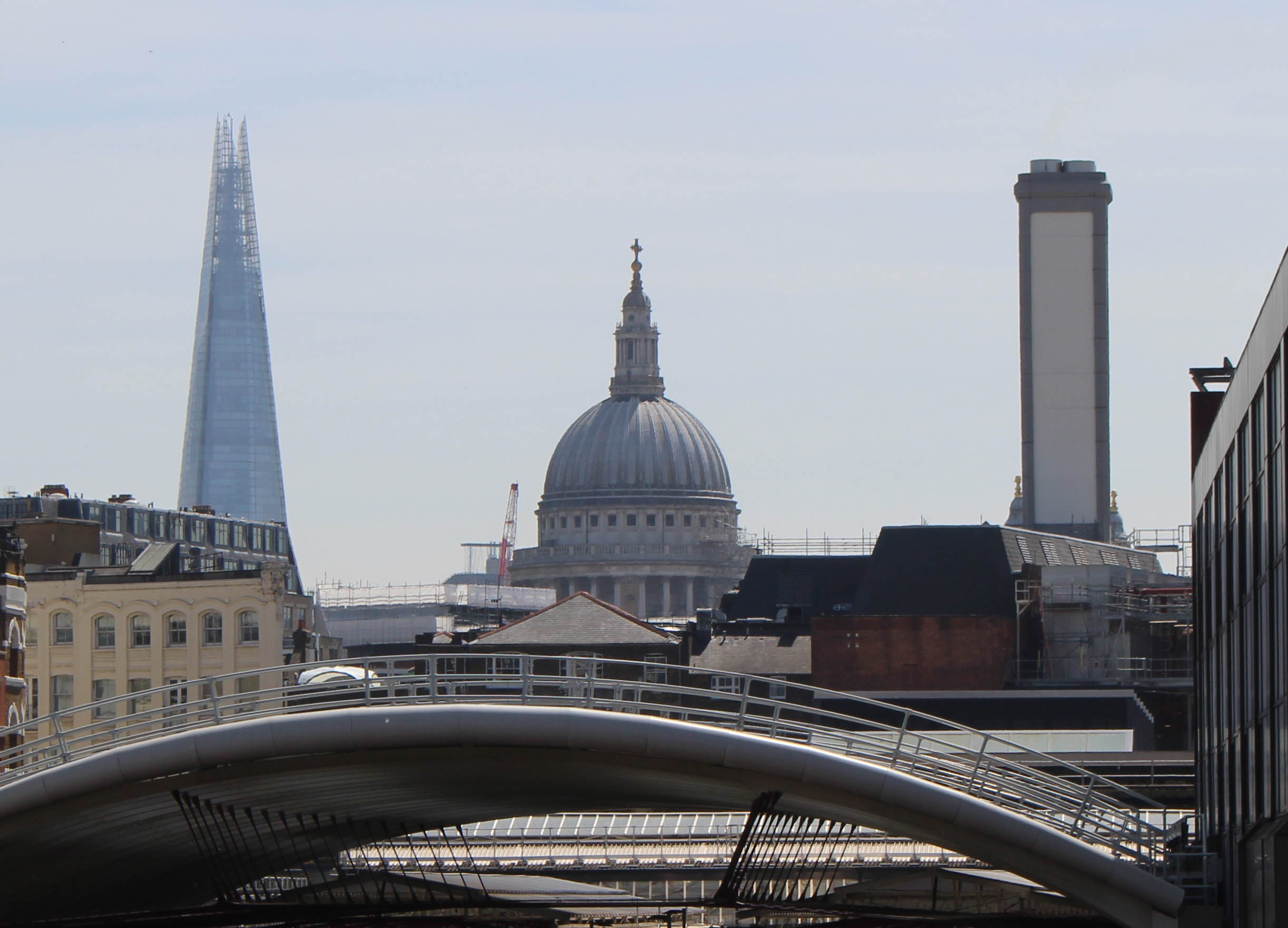Difference between revisions of "Reformation"
From Londonhua WIKI
(→Reformation) |
|||
| Line 32: | Line 32: | ||
=Effects on Architecture= | =Effects on Architecture= | ||
==Effects on the construction of St. Paul's Cathedral in the 17th century== | ==Effects on the construction of St. Paul's Cathedral in the 17th century== | ||
| − | [[File: | + | [[File:St. Paul's Cathedral from a distance.jpg|thumb|right]] |
| + | <br> | ||
<br> | <br> | ||
The Fourth St. Paul’s Cathedral, the building preceding the current cathedral, was a link to the Catholic practice that occurred in England before the English reformation, which was put into action by King Henry VIII. The building itself was decaying, and during the acts of reformation, much of the catholic portions of the interior was destroyed, and the catholic sites in the churchyard, including chapels and cloisters, were sold off as properties after being seized by the Crown. | The Fourth St. Paul’s Cathedral, the building preceding the current cathedral, was a link to the Catholic practice that occurred in England before the English reformation, which was put into action by King Henry VIII. The building itself was decaying, and during the acts of reformation, much of the catholic portions of the interior was destroyed, and the catholic sites in the churchyard, including chapels and cloisters, were sold off as properties after being seized by the Crown. | ||
Revision as of 12:47, 10 May 2017
 | |
| The Ninety Five Theses | |
|---|---|
| Author | Martin Luther |
| Year | 1517 AD |
| Source | Public Domain, via Wikimedia Commons |
Overview
The paragraph should give a three to five sentence abstract about your article. PLEASE NOTE: this article template has only a few sections as examples, but your actual article contributions should have many relevant sections and subsections. Please start to block out and complete those sections with relevant information such as the very objective, fact-based, and heavily referenced "who, what, when, where, and why" about this article. Articles don't just have to be huge buildings; individual artifacts and lesser-known people, places, and things count as article topics! Don't forget to include relevant category tags for each article!
Contents
Background or Origin of Article
Begin writing the background information of this article, or use this format to begin a new article with some other relevant section filled with important information.
Use Subsections Headings
Organize each section of this article so that it has a logical flow. If you intend to discuss one aspect of the origin of a person, place, thing, or idea, identify the appropriate existing section of the article, or create that section if it doesn't exist. Then, make a clear subheading. If you notice that some other information is not organized clearly, rearrange the information, but do so cautiously and responsibly! The goal here is clarity for the reader.
Add links to other articles, but do not link to personal student profile pages or milestone pages. Add media as needed in the appropriate sections.
Effects on Architecture
Effects on the construction of St. Paul's Cathedral in the 17th century
The Fourth St. Paul’s Cathedral, the building preceding the current cathedral, was a link to the Catholic practice that occurred in England before the English reformation, which was put into action by King Henry VIII. The building itself was decaying, and during the acts of reformation, much of the catholic portions of the interior was destroyed, and the catholic sites in the churchyard, including chapels and cloisters, were sold off as properties after being seized by the Crown.
After the Great Fire of London, the cathedral had to be rebuilt. The architect assigned, Christopher Wren, created several plans, the first rejected by the Church of England for being too modern. The second plan was in the design of a Greek Cross, was accepted by the King, but the church rejected it again, giving the reason that it was too modern, Italian, and therefore, too Catholic. Wren had drawn inspiration from the St. Peter’s Basilica in the Vatican, which explains the Catholic resemblances, and why the English Church was not in favor of such a design. This had a significant effect on the Cathedral’s final state, and this caused Wren to adjust to make a design that had more English architectural aspects to it.
After the Cathedral was completed, in the early 18th century, a debate began around decorating the interior of the Cathedral, which Queen Victoria famously called “dull, cold, dreary, and dingy.” This debate was likely due to the English church’s unwillingness to be associated with the Catholic church. After all, mosaics were a largely Roman art-form, and thus too closely associated with the Vatican.
References
If appropriate, add a references section
External Links
If appropriate, add an external links section
Image Gallery
If appropriate, add an image gallery
